Jessica Brandt, together with the International Rescue Committee and 100 Resilient Cities – Pioneered by the Rockefeller Foundation, submitted the following to the United Nation’s High Commissioner for Refugees (UNHCR)’s thematic discussions for the Global Compact on Refugees in Geneva on October 17 and 18, 2017. It recounts recommendations arising from a wide range of stakeholders during events held in New York on the sidelines of the 2017 United Nations General Assembly.
Heads of state and government gathered at the UN General Assembly in New York last month against the backdrop of a burgeoning refugee crisis in South Asia and a lingering one across the Middle East and Europe. City leaders from across the globe also convened to discuss the role that cities play in providing assistance to refugees.
These discussions were facilitated by two major events. The Brookings Institution — together with the International Rescue Committee and 100 Resilient Cities – Pioneered by the Rockefeller Foundation, convened a high-level working group to elicit best practice recommendations for local communities grappling with displacement-related challenges. At the same time, New York City convened a Global Mayors Summit on Migration and Refugee Policy and Practice designed to highlight how cities overcome obstacles to implementing policies that promote, among other efforts, refugee integration, rights protection, and empowerment.
Both the Working Group and the Summit brought together a range of stakeholders —including municipal authorities, humanitarian leaders, and representatives from the private sector, major philanthropy, and academia — to consider city-led responses to displacement. The following are common themes that emerged from the two events.
First, cities are actors of critical importance when it comes to addressing the needs of displaced people, particularly those whose exile is protracted. That is because so many of the engines of integration — housing, school, skills training, and social services — are designed, delivered, and financed at the local level. The same can be said for emergency response.
Second, despite their critical role, cities have not been adequately engaged in national and international decision-making processes regarding refugees.
Third, the humanitarian community has an opportunity to take counsel from city leaders through the development of the Global Compact on Refugees. Although the process has yet to incorporate local authorities in a formal or sustained way, there is time to do so during the year that remains. That could have meaningful consequences for its effectiveness and legitimacy.
A number of recommendations for action arose from our discussions with various city authorities, civil society leaders, and academic experts. In particular, it was suggested that the humanitarian community, and specifically UNHCR:
1) Open up discussions on policy and operations to municipalities from around the world that are receiving refugees.
In the text of the Comprehensive Refugee Response Framework (CRRF), Member States invite UNHCR to enter in to consultation with “all relevant stakeholders.” This includes local authorities whose critical role the 2016 New York Declaration for Refugees and Migrants references. To date no such dialogue has been officially established at either the national or international level.
City leaders should be invited to present their views and recommendations at the Thematic Discussion that will be held in Geneva on 14-15 November 2017, and to participate in the stocktaking process that is scheduled for 12-13 December 2017 at the High Commissioner’s Dialogue on Protection Challenges, also in Geneva.
In addition, city leaders should be asked to give feedback on the draft of the Global Compact on Refugees that UNHCR will prepare by February 2018 alongside the process of formal consultations slated for February through July 2018.
2) Ensure the CRRF is informed by the experiences of towns and cities with sizeable refugee populations.
UNHCR is piloting the CRRF in eleven countries with the goal of developing a programme of action that draws upon good practices from around the world. According to the New York Declaration and UNHCR’s roadmap towards a Global Compact on Refugees, the testing of a new, more inclusive approach to refugee response should “embrace the whole-of-society approach,”1 be based on a “multi-stakeholder approach,”2 and apply to “each situation involving large numbers of refugees.”3
It appears that the majority of the contexts chosen for piloting are characterized by camp-based or rural refugee populations, despite the fact that at least 60% of refugees globally reside in urban areas.4 This should change.
Five Central American countries and Mexico are involved in the pilots. Although the region is highly urbanized, the overall number of refugees in these countries is low: less than 30,000 total in 2016. 5 The nature and size of these refugee flows make the findings from these pilots less likely be relevant to other parts of the world that have experienced large movements of refugees into towns and cities.
Several of the pilot countries in Africa have sizeable urban refugee populations. For example, Uganda’s capital, Kampala, is home to approximately 100,000 refugees.6 Urban refugees and local actors in Kampala, including municipal authorities, could make a valuable contribution to the piloting of the CRRF. We urge UNHCR to consider incorporating an African city into CRRF pilot plans.
In addition, UNHCR and its partners in the Middle East have amassed considerable experience working in urban contexts over the years of the Syria crisis. Lessons from responses in Lebanon, Turkey, and Jordan should be incorporated into the programme of action to ensure timely and appropriate assistance to, and protection of, urban refugees in future displacement situations.
3) Encourage Member States to:
• Improve their refugee responses by engaging in meaningful collaboration with municipal authorities, including facilitating the flow of technical expertise and resources to towns and cities where refugee inflows are putting additional pressure on urban services and other municipal functions.
• Commit, in the language of the Global Compact, to creating a formal consultation mechanism through which local authorities are able to offer input on refugee-related decisions made at the national and international levels that directly affect their communities.
• Create mechanisms that enable municipalities to receive funds for the design and delivery of programs that house, educate, and provide skills training, as well as other social services, to refugee populations. Where relevant, national laws should designate municipalities as eligible beneficiaries of assistance funding.
4) Create mechanisms to source innovative approaches to refugee integration directly from cities, and then share them, in order to speed the replication and scaling of proven solutions.
In the absence of national frameworks, many local leaders are adopting bold initiatives — from the creation of municipal welcome centres to the development of housing programs that adapt vacant municipal spaces for refugees in need. As cities find themselves playing a role traditionally taken by humanitarian actors, they need a space where they can easily access good practices and lessons learned from their peers, as well as from the humanitarian community.
To avoid recreating work already done elsewhere, cities are self-organizing in networks to exchange knowledge on common challenges and create collections of good practices to share more broadly. However, in the absence of a centralized repository of information, this knowledge lives in disparate places and is not easily accessible by practitioners.
Given its central role in the refugee space, UNHCR can become a powerful sourcing and distribution mechanism of good practices. In order to do so, it should optimize its existing database, www.urbangoodpractices.org, which is currently designed for humanitarian practitioners, to better accommodate the needs of city officials, so that they can more easily submit or access successful approaches and innovations in a centralized repository. A first step may be to establish an advisory committee of city officials to guide UNCHR on ways in which the existing database could be adapted to improve the user experience for city practitioners, in order to promote the sharing and implementation of best practices.
As the scale and complexity of human displacement grows, addressing the needs of refugees requires adaptation to new realities — chief among them the critical role of cities. By taking these steps, over the course of the next year and beyond, UNHCR has the opportunity to ensure that urban refugees have access to necessary social services, including education and healthcare, as well as livelihood opportunities, and that they are fully included in their host communities.
Jessica Brandt is a Fellow in Institutional Initiatives and Special Adviser to the President at the Brookings Institution. As an independent think tank, the Brookings Institution does not take institutional positions on any issue.
Therefore, this written contribution recounts recommendations arising from a wide range of stakeholders at the Refugees and Cities: The Global Response working group jointly convened by the Brookings Institution, the International Rescue Committee, and 100 Resilient Cities – Pioneered by the Rockefeller Foundation, as well as the Global Mayors Summit on Migration and Refugee Policy and Practice, convened by the New York City Mayor’s Office. This written contribution does not reflect the views of Brookings.
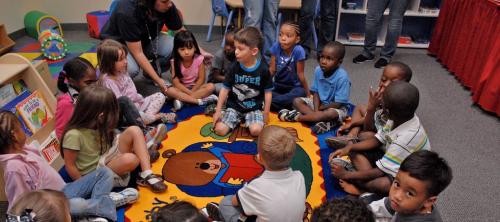
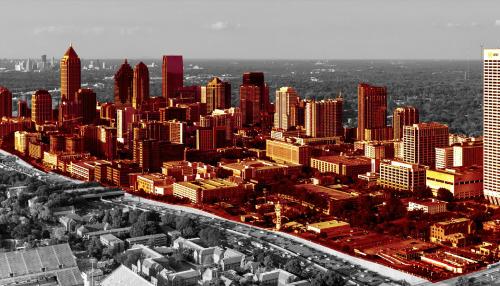

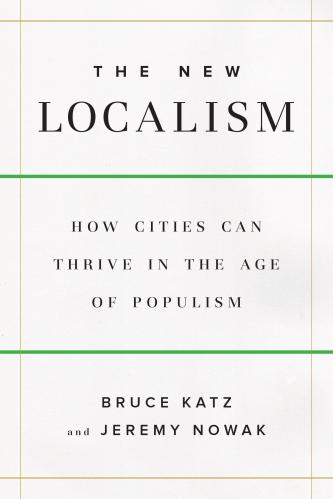

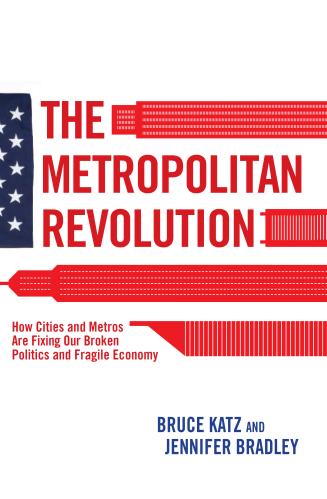



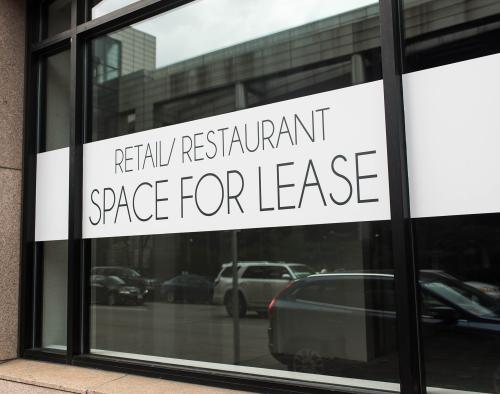
Commentary
Engaging city leaders in the global compact process: Recommendations for action
October 17, 2017